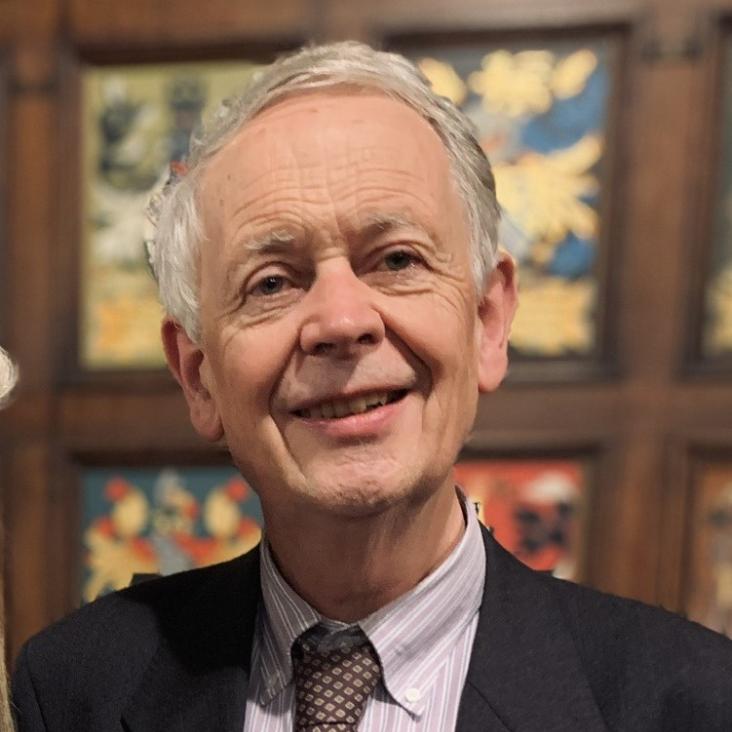Active galaxies and radiative heating
Philosophical Transactions of the Royal Society A: Mathematical, Physical and Engineering Sciences 363:1828 (2005) 667-683
Abstract:
There is abundant evidence that heating processes in the central regions of elliptical galaxies have both prevented large-scale cooling flows and assisted in the expulsion of metal rich gas. We now know that each such spheroidal system harbours in its core a massive black hole weighing ca. 0.13% of the mass in stars and also know that energy was emitted by each of these black holes with an efficiency exceeding 10% of its rest mass. Since, if only 0.5% of that radiant energy were intercepted by the ambient gas, its thermal state would be drastically altered, it is worth examining in detail the interaction between the out-flowing radiation and the equilibrium or inflowing gas. On the basis of detailed hydrodynamic computations we find that relaxation oscillations are to be expected with the radiative feedback quite capable of regulating both the growth of the central black hole and also the density and thermal state of the gas in the galaxy, Mechanical input of energy by jets may assist or dominate over these radiative effects. We propose specific observational tests to identify systems which have experienced strong bursts of radiative heating from their central black holes. © 2005 The Royal Society.Mechanical heating by active galaxies
Philosophical Transactions of the Royal Society A: Mathematical, Physical and Engineering Sciences 363:1828 (2005) 655-665
Abstract:
Jets and winds are significant channels for energy loss from accreting black holes. These outflows mechanically heat their surroundings, through shocks as well as gentler forms of heating. We discuss recent efforts to understand the nature and distribution of mechanical heating by central active galactic nuclei (AGN) in clusters of galaxies, using numerical simulations and analytic models. Specifically, we will discuss whether the relatively gentle 'effervescent heating' mechanism can compensate for radiative losses in the central regions of clusters, and account for the excess entropy observed at larger radii. J. Binney (2005 Phil. Trans. R. Soc. A, 363, 739-749, doi: 10.1098/rsta.2004.1520) discusses the possible role of violent, episodic heating by AGN in clusters. © 2005 The Royal Society.The legacy and large-scale distribution of active galaxies
Philosophical Transactions of the Royal Society A: Mathematical, Physical and Engineering Sciences 363:1828 (2005) 613-619
Abstract:
If accretion onto massive black holes is the power source for active galaxies, then nearby galaxies should contain 'dead quasars': black holes that do not shine, either because they are starved for fuel or because they accrete with low radiative efficiency. This article briefly reviews the evidence that most inactive galaxies contain black holes at their centres, and how the local distribution of black holes is related to the population of active galaxies. © 2005 The Royal Society.Black holes, cuspy atmospheres and galaxy formation
Philosophical Transactions of the Royal Society 363 (2005) 739-749
Supermassive black hole mass measurements for NGC 1300 and NGC 2748 based on HST emission-line gas kinematics
ArXiv astro-ph/0502573 (2005)


